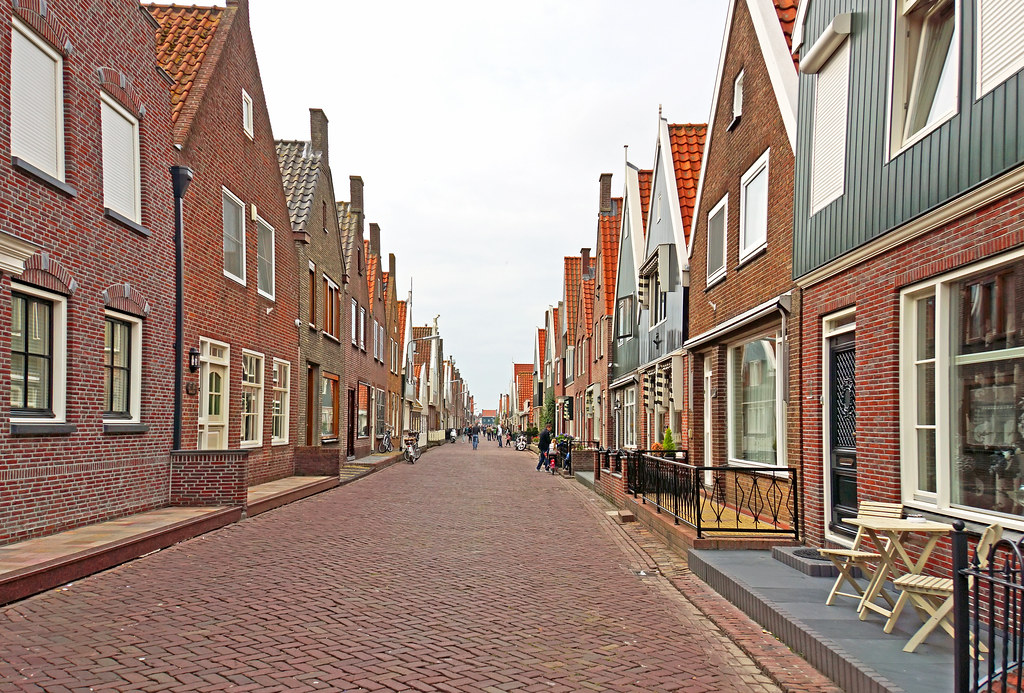
The Dutch Housing Crisis is a topic that became known at an European level already. Today’s article aims to present the current situation, as well as a practical exemple of the city of Amsterdam.
The Dutch government needs to significantly increase its annual investment in housing to address the severe shortage in the Netherlands, according to a recent analysis by ING Bank. The Cabinet’s current allocation of €1.5 billion per year for housing construction is insufficient to tackle the growing crisis. ING estimates that a more realistic figure would be between €3 and €5 billion annually.
The bank’s research, drawing from insights from construction companies, housing corporations, and municipalities, highlights several obstacles to reaching the government’s goal of building 100,000 new homes each year. Critical issues include staff shortages in municipal offices and limited access to the electricity grid, which are hindering housing development. As a result, ING forecasts that the housing shortage may worsen in the short term, although it emphasizes that the government cannot be entirely blamed for this, as structural changes in the housing market take time.
Most government plans are expected to show results only in the medium term—over two to five years—leaving ING skeptical about the possibility of meeting housing targets within this timeframe. The bank believes a more realistic outlook would involve long-term planning of over five years. In the meantime, the Cabinet could explore short-term measures, such as encouraging better use of the existing housing stock. One option would be to introduce temporary rental contracts that allow homeowners to rent out rooms more easily, thereby increasing the availability of affordable housing. Such measures could help alleviate the shortage until long-term plans take effect.
However, ING argues that more substantial reforms are needed to address the housing market’s underlying problems. For instance, further limiting mortgage interest deductions could help stabilize housing prices and reduce market volatility, which in turn could encourage more new construction. Additionally, introducing a tax on the realized excess equity value when homes are sold could discourage speculative property moves, slowing down the rise in house prices.
Amsterdam Faces 27% Property Tax Hike as City Budget Tightens
Homeowners in Amsterdam will be hit with a substantial property tax increase of 27% next year as the city grapples with reduced national funding. The tax hike, announced as part of Amsterdam’s 2025 budget, will see property taxes rise by an average of €86 per household annually, from €313 to €399.
The city justifies the increase as necessary to maintain essential services despite cuts in national government funding for youth care and other municipal services. Amsterdam has managed to balance its budget by cutting costs in several areas, including public space management and reintegration programs, while also increasing taxes.
In addition to the property tax rise, the city is investing an extra €25 million annually in youth care to compensate for national cuts. Further, Amsterdam will allocate €13 million to youth programs that provide additional care when regular services fall short. Investments in school swimming programs and the arts have also been expanded, with €3 million per year earmarked for school swimming and €45 million dedicated to improving neighborhood livability by upgrading footpaths and planting trees.
With an aging population, Amsterdam is directing resources toward helping older residents “grow old healthily and pleasantly.” This includes improving access to community activities and enhancing neighborhood services to support the elderly.
The city is also stepping up efforts to tackle homelessness and improve mental health services, allocating additional funds for shelters and programs for undocumented migrants after the national government ended its “bed-bath-bread” shelter funding. Energy transition initiatives will receive €15 million more, on top of the previously allocated €50 million, while €13 million will go toward cleaning up city streets.
Amsterdam’s debt is projected to rise significantly, from €6.9 billion in 2023 to €8.9 billion by 2028, largely due to increased investments in the city’s infrastructure. Despite this, the city claims that its debt ratio will remain within responsible limits, with a projected rise from 54% in 2023 to 82% in 2028, still well below the 110% ceiling.
However, the tax hike and other financial measures will affect Amsterdam’s residents. The city is also phasing out nearly all remaining free parking spaces and has already raised parking permit fees and hourly rates, adding further financial strain. Discussions around cuts to public transportation services, particularly within the GVB network, have been postponed but could resurface by 2026 if national government funding is further reduced.
Amid these challenges, transportation costs are also set to rise, with national railway operator NS planning a 6% fare increase next year, affecting commuters across the greater Amsterdam area, which has over 15 rail stations.
The combination of property tax increases, rising living costs, and potential service cuts paints a complex financial picture for Amsterdam’s residents as the city navigates national funding shortfalls while striving to maintain its services and infrastructure.
References
NL Times. (2024, September 20). Amsterdam warns homeowners of 27% property tax hike next year. Retrieved from NL Times: https://nltimes.nl/2024/09/20/amsterdam-warns-homeowners-27-property-tax-hike-next-year
NL Times. (2024, September 22). Housing shortage: Dutch Cabinet needs to spend billions more per year to meet goals. Retrieved from NL Times: https://nltimes.nl/2024/09/22/housing-shortage-dutch-cabinet-needs-spend-billions-per-year-meet-goals
Photo:
https://live.staticflickr.com/3823/11995432236_b1b6df2bc2_b.jpg
